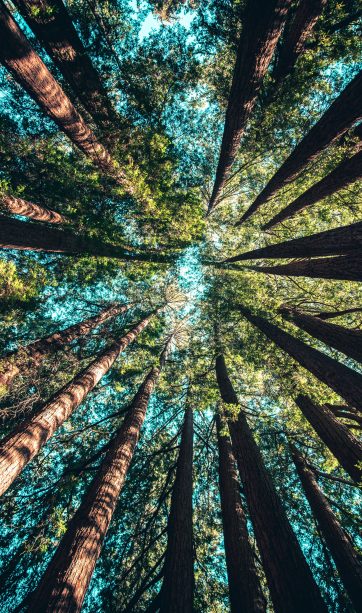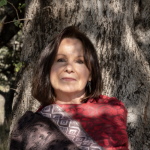
In the deep quiet that descended on us in during the first weeks of Covid lockdown, nature spoke to us differently, her voice more audible without the traffic and construction, the constant noise of our own busyness.
Many of us heard sounds we hadn’t heard since childhood — the dawn chorus outside our bedroom windows, the hum of insects in a meadow. We delighted in the shower of stars in the night sky and how it connected us to each other, even as we were forced to remain apart. Today, two years into the pandemic, as the commercial world is opening up, and we are free to gather again, the more-than-human world is still calling out to us. We just have to listen more deeply.
The Art of Attention
For the poet Mary Oliver, listening to nature is an act of reverence. In “A Summer’s Day” she writes, I don’t know exactly what a prayer is. / I do know how to pay attention. In an essay from “Our World” she explains that this was a relationship she had to cultivate. She began simply, with noticing “the way the flicker flies is greatly different from the way the swallow plays in the golden air of summer.”
From her life partner Molly Malone, a photographer, Oliver learned to observe a subject with an intensity and openness that went beyond mere reporting. “Attention without feeling,” she says, “is only a report. An openness––an empathy––was necessary if the attention was to matter.”
Similarly, in the poem, “To Look at Anything” John Moffitt says it’s not enough to note that spring has come to the woods. Instead you must “Be the thing you see.” He urges us to enter the silence between the leaves, to take our time “and touch the very peace, / they issue from.”
If we look long enough at a given thing, Moffitt assures us, we will merge with it. Attention, deep attention, makes all boundaries porous. There is no “out there” or “in here,” just a continuity of being. But to pay attention takes time. It’s a devotional practice. Keeping a nature journal is a way to stop and smell the roses.
Consider how you can embrace a small portion for the world with all your senses. Here are some responses from the participants:
I see twenty-five summers in a cut log
hear hummingbird wings
smell the jacaranda blossoms
taste apple blossoms sherbet bombs
Shades of green and brown on the mountainside, birds chattering
the charred remains of oak and elm
blades of white-tipped grass speckled with morning dew
A Dutch still life— five lemons hanging on a spiky bough
Nature is imagination itself, said William Blake. More recently Thomas Berry saw imagination as ecological, noting that our creativity stems from nature’s. If we look for it, we find the earth’s own poetry everywhere. Each day, then, we can engage in a call and response with the living world, opening the cage door to our imaginations.
To keep a nature journal, all it takes is a curiosity. A willingness to swim in the silver stream of our own fascination and let the current take us.
If we learn anything from sheltering in place, I hope it will be this: A world without nature is no world at all. Gerard Manley Hopkins reminds us that we all need to breathe the “wild air, world-mothering air.” Keeping a nature journal helps us take a breath and begin rewilding our own souls.
Excerpted from “Keeping a Nature Journal” in Reinventing Home, Summer Issue, 2020.

Mary Reynolds Thompson is an international teacher, facilitator of poetry and journal therapy, and core faculty for the Therapeutic Writing Institute in Colorado. She is the author of several books, including the award-winning Reclaiming the Wild Soul: How Earth’s Landscapes Restore Us to Wholeness. She has successfully run many online courses and is experienced in holding the space.

